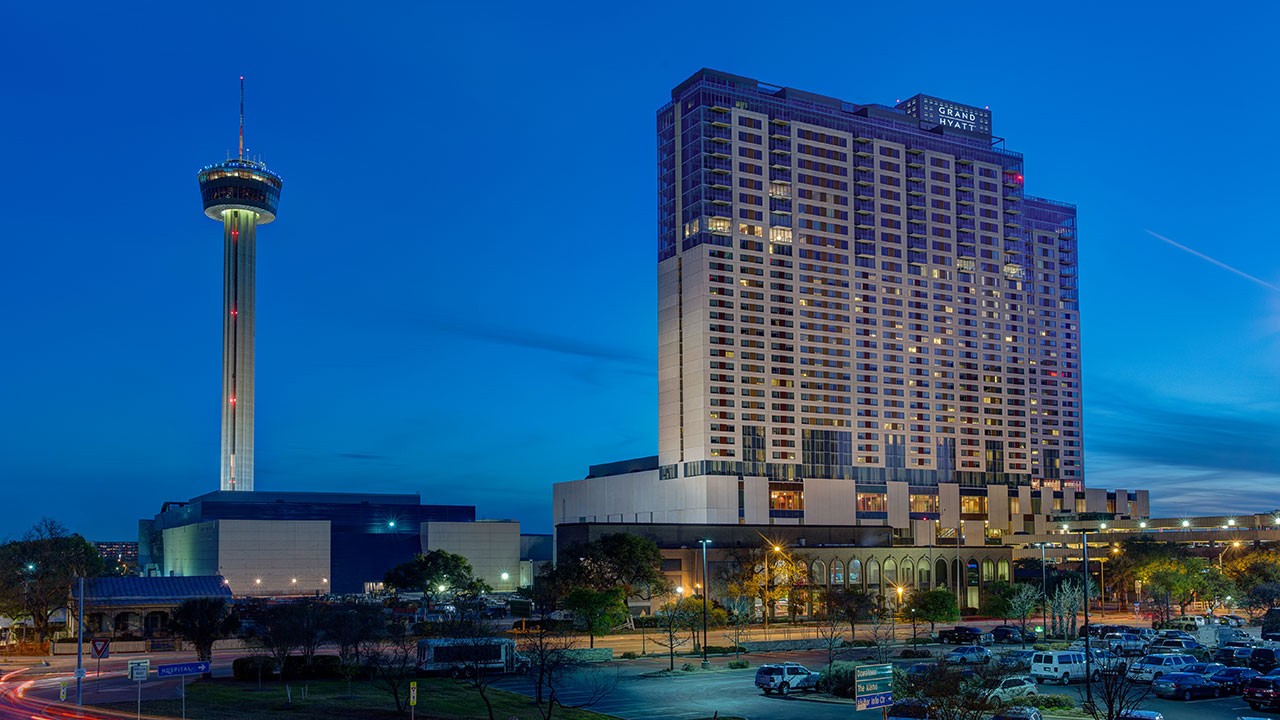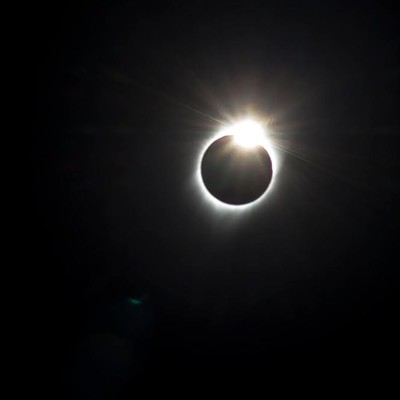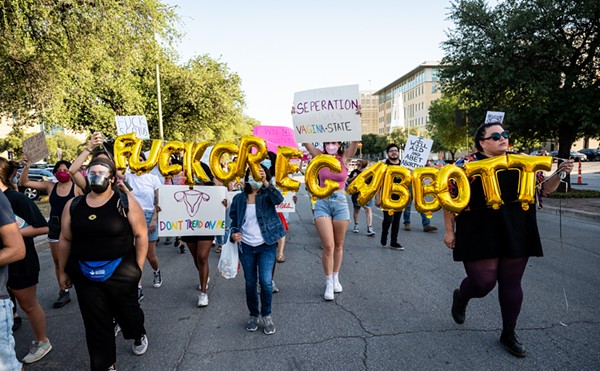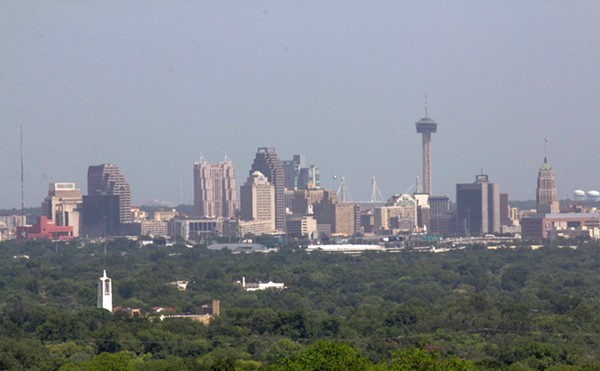
$41 million.
$85 million.
$518.
The first figure is cost the city council recently approved for an array of improvements to the 21-year-old Alamodome.
The second, as reported in the Express-News in November, is the projected "economic impact" from our hosting of the NCAA Final Four basketball tournament in 2018.
The third? We'll get to that in a bit (but rest assured, it's not a typo; it's just $518).
Great Stadium Race
The cost of the Dome improvements is the sure thing, along with millions more in interest to repay the bonds over the next 20 or 25 years. The city staff has promised that the cost will be met by a set of increases in Dome fees, including parking and ticket fee increases, although the city council was given only another promise, that a financing plan would be provided by June.
The promise of "economic impact" is just that. We have been chosen by the NCAA for 2018. But the group also anointed various other cities, including Atlanta and Minneapolis, each of which will boast a big, brand-new stadium. The stadium race around the country — our competition for big sports events — is heating up right now. Missouri officials have pitched a plan for an entirely new stadium in St. Louis in an effort to keep the NFL Rams. The San Diego Chargers want a new venue, too. And now the Chargers have joined with the Oakland Raiders in proposing a new, joint stadium in suburban Los Angeles, if the Raiders can't get a new venue in Oakland.
The great stadium race around the country makes our shot at major events like a Final Four an uncertain one. Yet the pitch for financing the Dome improvements also included the possibility of luring the College Football Championship Game. It all sounds remarkably like what San Antonians heard in 1989, when we voted to build the Alamodome in the first place. Back then, the promise we were given was that the Dome would bring a string of big events to the city, including the U.S. Olympic Festival, for which the city had just lost its bid. And above all was the promise of "economic impact" — there it is again — from the tens of thousands of new visitors lured to the city.
Boon For Whom?
Visitor "economic impact" has long been the stuff of civic leaders' dreams, local politicos' promises and countless newspaper editorials. From one convention center expansion after another, to the city's backing of the Grand Hyatt hotel with tax dollars, to the current Dome upgrades, the mantra has always been that more tourists mean more prosperity and economic advance. We have succeeded in filling block after downtown block with new hotels, aiding developers and property owners. But how much of that "impact" has actually helped folks beyond national hotel executives remains in question. Has it really helped blue-collar workers? What about middle-class people?
That's where the $518 mentioned at the outset comes in. That is the average weekly wage of hotel workers in Bexar County, as reported by the Texas Workforce Commission for the third quarter of 2014, the latest figures available. Do the math and you see that wage amounts to just under $27,000 a year. That's not much of an income to support a family, and assure a better future for our kids. And the $518 is an average; it's safe to assume that many local hotel employees actually make even less. The Workforce Commission also has data for one particular hotel occupation: hotel desk clerks. In 2013, their hourly wage came to $10.04, or just over $20,000 a year for a 40-hour week. Even as we keep pouring public dollars and resources into attracting events and visitors, trying to fill hotel rooms, the "economic impact" doesn't necessarily reach average, hard-working San Antonians.
Pursue Other Options
That could change. The Grand Hyatt downtown, financed with Federal empowerment zone bonds, is covered by a "living wage standard" that stipulates a minimum wage of $11.50 for 2014. As the city pursues future Final Fours and football championships, providing another $2.5 million just this year in "hosting obligations" to bring conventions and events here, we need to revisit that living wage. And consider extending it much more broadly, to include all the major downtown hotels.
It's not like it hasn't been done before. Take Los Angeles, for example. The city approved a measure this year providing a minimum hourly wage of $15.37 to all hotel workers. So let's start with our Grand Hyatt, and press for a similar minimum wage. The city's charter review commission recently recommended that we pay our councilmembers $45,722 a year.
Perhaps they deserve a big raise. If they do, without question so do scores of workers whose work ensures that all these hotels keep humming.
















